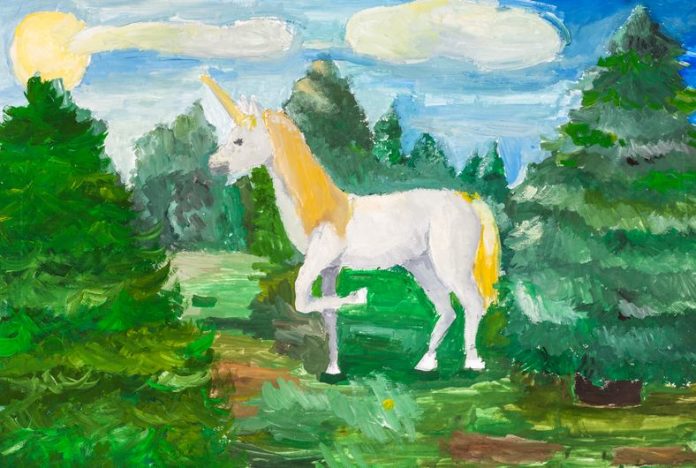The horse has long been a part of history, used in war to carry riders into conflict, and also for sport by knights of old in their jousting matches.
In our own near past they were used to draw vehicles prior to the “horseless carriage”. In the Western part of the United States they were also used on the ranges to herd cattle and fight in the range wars.
Today they are used mostly for recreation and sport. Here is a quick look at some of the Legendary Horses of Old:
The Hungarians and Spanish believed that all black horses were lucky – the French believed the reverse. There was an Irish superstition that a pure white horse, when ridden by its owner, gave the special gift of advising how to cure physical ailments.
THE WHITE HORSE – The Saxon King Alfred in the ninth century had carved in a chalk cliff on the Berkshire Downs in England an enormous white horse, 374 feet long and 120 feet high, to commemorate his victory over the Danes at Ashdown. It is still visible today.
THE TROJAN HORSE – The Trojan Horse is well known to all who have read any Greek history. This was the tremendous image of a mare, built of wooden planks and concealing a group of Greek soldiers. The Trojans were led to believe that this was a peace offering to the goddess Minerva. The stratagem worked. The Trojans opened their gates and widened the gap in their wall to take in the wooden mare – and it soldiers…the rest is history!
THE HOBBY HORSE – The Hobby Horse was originally associated with the ancient May Day festivals of English seamen. It may have been derived from the early English “hobby”, meaning a nag.
THE SAILOR’S HORSE – The terms “horse a bill” meaning to pay for work not yet done, or “pay for a dead horse” meaning to pay for something which has been consumed or lost, or “pull the dead horse” meaning to work for wages that have been paid in advance, etc., come from the old maritime custom of giving sailors a note for a month’s pay in advance on signing on for a voyage.
This they usually cashed at a sizable discount and had ‘fun’ before sailing. Thus, on sailing, they had 30 days of hard work ahead without pay – “for the dead horse”.
Then at the end of the pay-less month, they would “bury” the effigy of the “dead horse”.
THE SEA HORSE – The first sea horses had a horse’s head, forefeet and barrel, terminating in a fish tail – later the Sea Horse had the head of a horse and the body of a fish. Sea Horses were prevalent in early Irish myths. When a tempest breaks over the sea in Ireland the breakers are said to be the white horse of the Gaelic God of the Sea.
The horse in mythological times naturally would have been associated with the wind because of his swiftness. The wind was deemed the sire of swift horses.
The Arabian horses today are called “Drinkers of the Wind”.
The horse in ancient times was also associated with the sea. In myth, Neptune is supposed to have created the horse in a contest with the other gods for the honor of naming what was to be the city of Athens. However, the olive tree, created by Minerva, won out.
THE NIGHTMARE – The ‘Nightmare’ derives its term from a Saxon demon vampire called Mara or Mare. This vampire rested on the chest of its sleeping victim, partially strangling him and causing fearful visions (hence nightmare). The harnesses of cart horses frequently were ornamented with brass charms to protect them from the witchcraft of ‘Mare’.
THE UNICORN – The Unicorn is a mythological animal with the head, neck and body of a horse, the legs of a stag, the tail of a lion and with a long, twisted horn protruding from its forehead. The Unicorn’s horn was supposed to effect cures. The Unicorn is famous in heraldry as a supporter of the royal arms of Britain.
PEGASUS – Pegasus is a mythological, white, winged horse, gifted with extraordinary speed and immortality. He carried Apollo and the Muses – and some favored and unfortunate mortal heroes – swiftly through the air. He is alleged to have sprung from the goddess Medusa when she was beheaded.
SAGITTARIUS – The constellation Sagittarius (The Archer) is a centaur. Mythology says that this constellation is Chiron, the “Divine Beast,” placed in the sky among the stars after being put to death by Jupiter.

